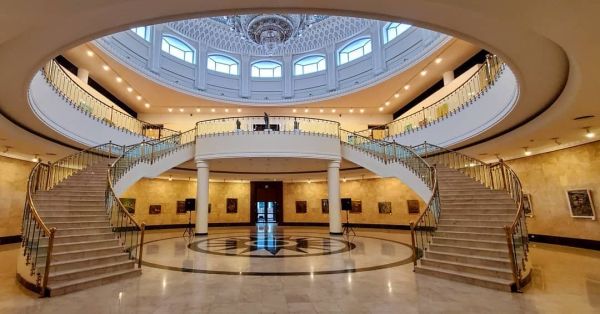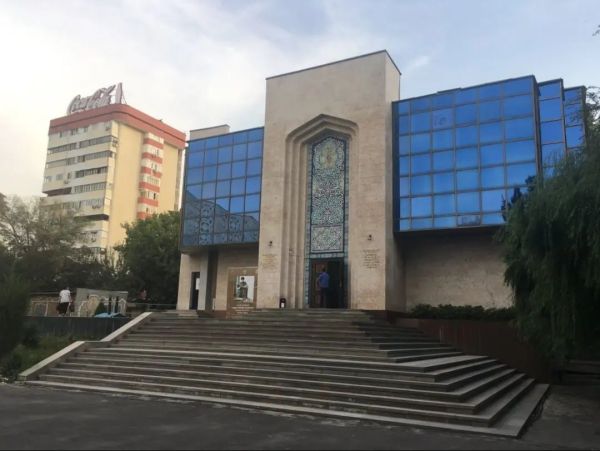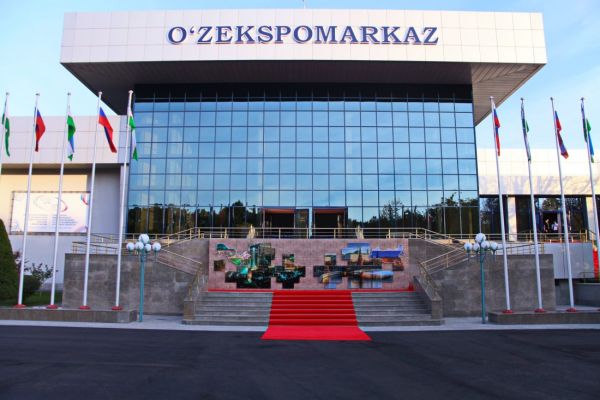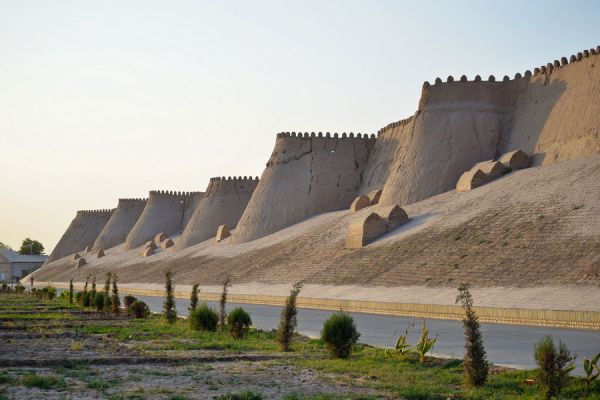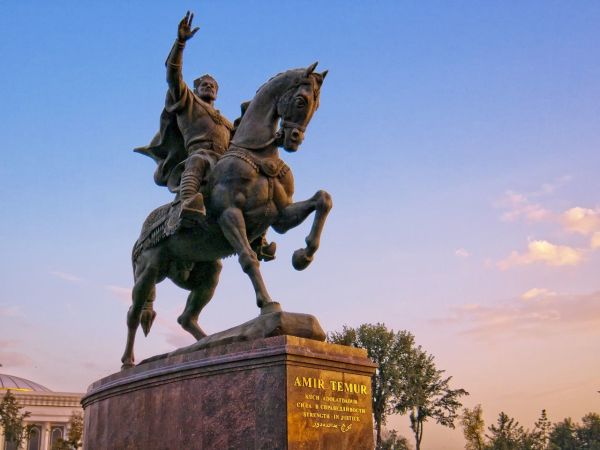The Museum of Arts of Uzbekistan
The State Museum of Arts of Uzbekistan was founded in 1918. From its foundation until 1935, the museum was located in the former Residence of Prince N. Romanov, then moved to the building of the National House. In 1974, a modern museum building was built here, which has an uncomplicated square volume, lined with aluminum and glazed with granite, which contributes to even lighting inside the museum.
The museum's exposition features works by Uzbek, Russian and Western European artists, including collections of Italian, French and German paintings from the medieval era, paintings "Falconry" by N.N. Karazin, "Courtyard", Z.M. Kovalevskaya, "Bather" by A.F. Belloli, etc.
